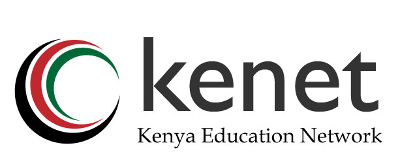You are here
CHPC National Conference, December 3-7, 2017
Since the advent of supercomputers in the 1960s, High Performance Computing (HPC) which use supercomputers to solve complex computational problems has helped solve business and scientific problems. By combining parallel processing capability, memory and storage capacity, HPC is an increasingly important research tool- considering that research has evolved over time and data is increasing in volumes (Big data).
KENET provides access to HPC through collaborations with its international partners, and as part of capacity building and collaboration initiatives in HPC, KENET, represented by Mr. Hezron Mwangi, Senior Systems Administrator, attended the 11th CPHC National Conference on 3-7 December in Pretoria, South Africa. The theme for the Conference was, ‘HPC convergence with novel applications models for better service to research and industry’, taking into account that HPC is gaining popularity in wider markets due to the recent and rapid expansion of cloud computing in HPC, and that Artificial intelligence is reemerging.
The Conference incorporated tutorials and workshops which took place on the 3rd and 7th of December 2017, while the main conference took place from the 4-6 December 2017. Emphasis was given to practical information including current generation systems, sources of available software, and links for further reading. The workshop provided the broadest outreach to people new to the field, students, managers, policy makers, and those needing a refresh in this rapidly advancing domain. Live demonstrations were presented throughout the workshop on the Big Red II computer at Indiana University.
“The experience was very good and I able to learn a lot in the field of High Performance Computing, as I interacted with industry professionals as well as academic professors and researchers,” said Mr. Hezron Mwangi, “High Performance Computing is an area that KENET intends to build technical capacity and grow in order to assist the KENET community of researches in being able to access and effectively use these infrastructures.”
